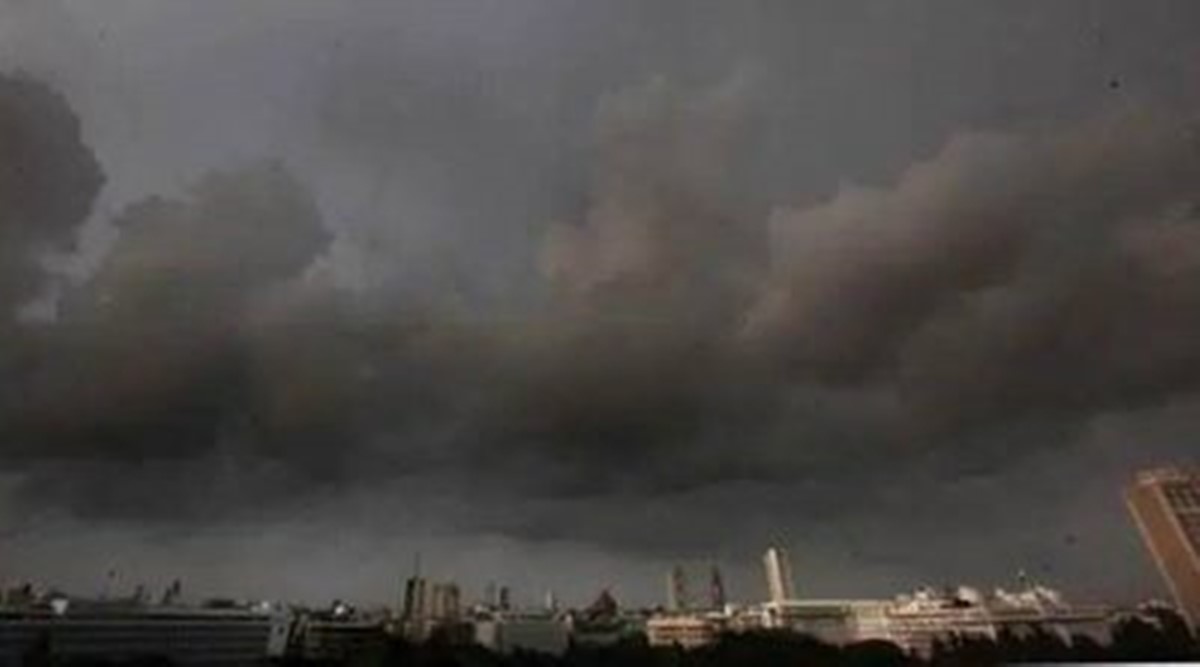 The higher the AQI value, the greater the level of air pollution and the greater the health concern. (File Photo)
The higher the AQI value, the greater the level of air pollution and the greater the health concern. (File Photo) According to the Maharashtra Pollution Control Board (MPCB), October was the most polluted month in terms of Mumbai’s air pollution in 2020. During that month, the average air quality index (AQI) was 149 (moderate) in Mumbai, followed by 147 in November.
The MPCB released a month-wise datasheet of AQI for 20 locations in the state. Experts noted that the gradual reopening of the city, which coincided with the onset of winter, resulted in rise in pollution levels.
Thane and Dombivli had the worst air quality last year, with the average AQI crossing 200 in November. The cleanest air was recorded in Nashik, with the average AQI of 21 in July. This is also the lowest AQI recorded across the state in 2020.
However, January 2019 recorded high levels of air pollution in the city, with an AQI of 193 (moderate), followed by February and March at 164 and 140 (moderate), respectively. The best AQI was in August (54) 2019.
AQI is a mean of pollutants such as particulate matter (PM2.5 and PM10), ozone (O3), nitrogen dioxide (NO2), sulphur dioxide (SO2) and carbon monoxide (CO) emissions as a single value. The higher the AQI value, the greater the level of air pollution and the greater the health concern.
The best air quality in the city was recorded in July when the AQI was 45 (good). The MPCB said that the monsoon, combined with nationwide lockdown triggered by the pandemic’s outbreak, resulted in good AQI in July when air pollution was much lower than the previous year.
In a coastal city like Mumbai, AQI is greatly affected by weather parameters irrespective of human-induced emissions. Factors like rise in wind speed and increase in temperature among others impact the air quality.
Ronak Sutaria, founder and director of Mumbai-based Respirer Living Sciences (RLS) Pvt Ltd, said: “In addition to human-induced emissions, one should also consider strong regional influences, resulting in higher pollution levels. Our data show that not just Mumbai but areas around are also recording a spike in pollution levels.”
In a study titled ‘Impact of Lockdown (March 25 to April 19, 2020) on Air Quality’ by the Central Pollution Control Board (CPCB), the CPCB noted that major sectors that contribute to air pollution are transport, industries, power plants, construction activities, biomass and refuse-burning, road dust re-suspension and residential activities. Also, certain activities such as restaurants and landfill fires among others cause air pollution. Under the nationwide lockdown, all transport services – road, air and rail were suspended with exceptions for essential ones.
Educational institutions, industrial establishments and hospitality services were also suspended. As a result, air quality improvement was noticed in many towns and cities across the nation.